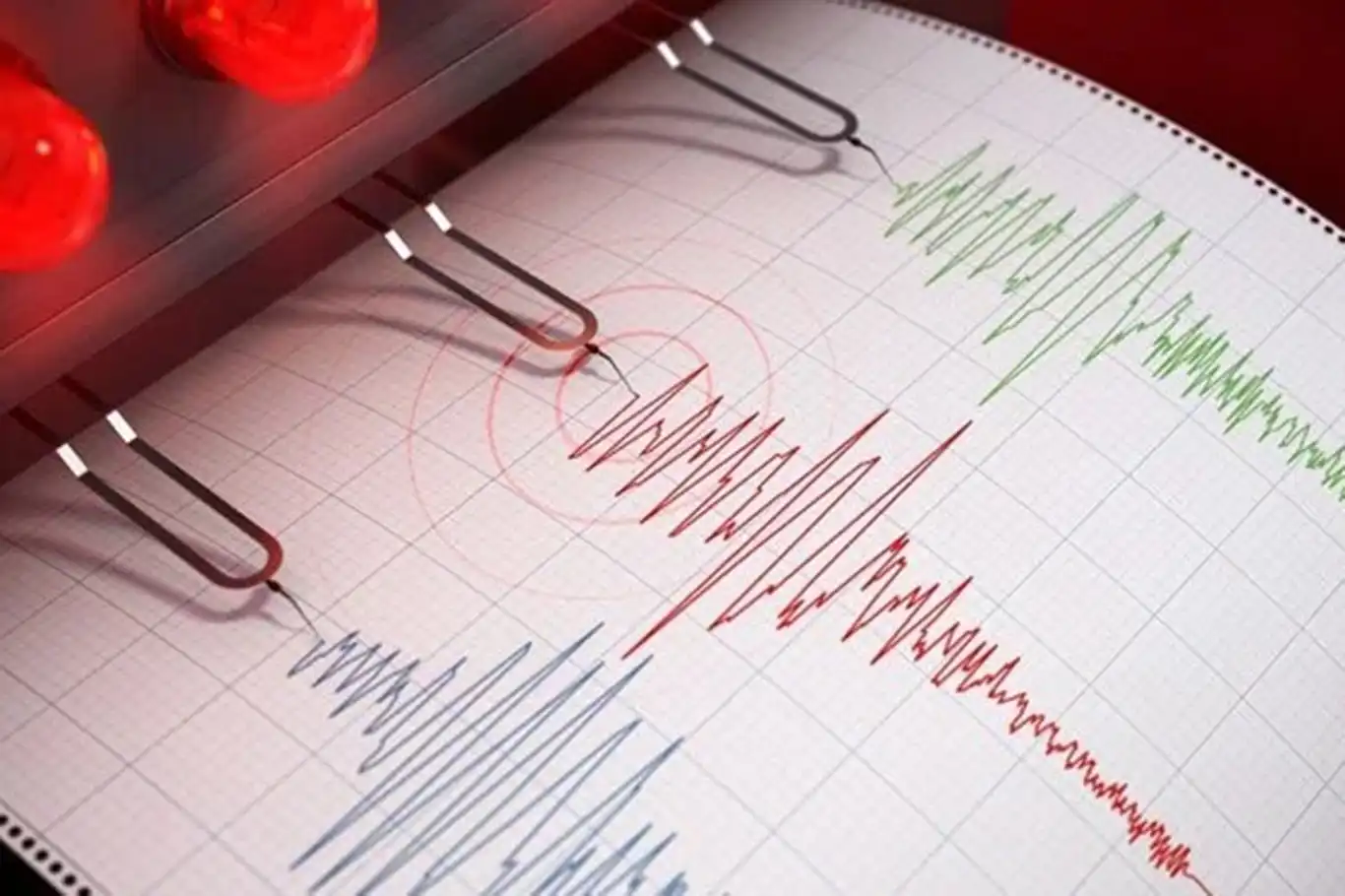Multiple earthquakes rattle Santorini as authorities brace for potential hazards


Santorini, one of Greece’s most iconic volcanic islands, is experiencing an unusual series of earthquakes that have prompted emergency responses and safety precautions across the region.
Since Saturday, hundreds of tremors with magnitudes between 3.0 and 4.9 have been recorded in the area between Santorini and the nearby island of Amorgos.
Local authorities report that, although Greece is no stranger to earthquakes due to its location along the seismically active Hellenic Volcanic Arc, the current frequency and intensity of the tremors have raised concerns. The activated fault line, which stretches approximately 120 kilometers (75 miles), is currently showing activity only in the section between Santorini and Amorgos. Scientists note that the fact the epicenters lie beneath the seabed is a positive sign, as earthquakes centered under water generally cause less surface damage compared to those beneath populated areas.
In response, Greek civil protection teams have been mobilized. Rescuers equipped with tents, drones, and even a sniffer dog have been dispatched to the island. Authorities have also ordered schools on Santorini and the nearby islands of Anafi, Amorgos, and Ios to close for the week. Residents are being urged to avoid indoor gatherings, check escape routes, and steer clear of cliffs and coastal areas. They have also been advised to drain swimming pools, as water movement during a major quake could potentially destabilize buildings.
Last week, scientists observed mild seismic-volcanic activity within Santorini’s caldera—an area formed by a historic volcanic eruption—and warned of potential volcanic unrest. However, experts have stressed that the recent earthquakes appear to be unrelated to the ongoing volcanic activity. Instead, they could either represent foreshocks to a larger quake or be part of an extended earthquake swarm that may persist for weeks or even months.
Santorini’s unique crescent shape and dramatic scenery of whitewashed houses and blue-domed churches clinging to the caldera rim are the legacy of a massive volcanic eruption in antiquity. Known as the Minoan eruption, this catastrophic event around 1,600 B.C. not only transformed the island but is also believed to have contributed to the decline of the ancient Minoan civilization.
The region remains vulnerable to seismic hazards. Greece’s most powerful earthquake of the last century, the 7.7-magnitude Amorgos earthquake of 1956, triggered a tsunami that devastated parts of Amorgos and Santorini, resulting in significant damage and the loss of more than 50 lives.
Authorities are closely monitoring the situation. Push alerts have been sent to residents’ cellphones to warn them away from areas at risk of rock slides, and access to certain coastal regions has been temporarily restricted. Officials continue to emphasize the importance of public preparedness as they brace for the possibility of a larger seismic event, which could also trigger a tsunami.
As Greece endures this spate of earthquakes, the combined risks of seismic and volcanic activity serve as a stark reminder of the region’s dynamic and potentially volatile natural environment. Residents, tourists, and local authorities remain on high alert, committed to ensuring safety and mitigating any potential hazards during this period of heightened seismic activity. (ILKHA)
LEGAL WARNING: All rights of the published news, photos and videos are reserved by İlke Haber Ajansı Basın Yayın San. Trade A.Ş. Under no circumstances can all or part of the news, photos and videos be used without a written contract or subscription.
Israeli occupation forces conducted raids late Monday across various areas of the occupied West Bank, kidnaping 15 Palestinians, including a 15-year-old boy.
World Health Organization (WHO) Director-General Tedros Adhanom Ghebreyesus has emphasized the urgent need to address Gaza’s health crisis, calling for sustained medical support and a permanent ceasefire to ensure long-term stability in the region.
The Islamic Emirate of Afghanistan has extended its condolences to the leadership of Hamas and the Palestinian people following the deaths of senior figures in the Hamas military wing, including Mohammad al-Deif.